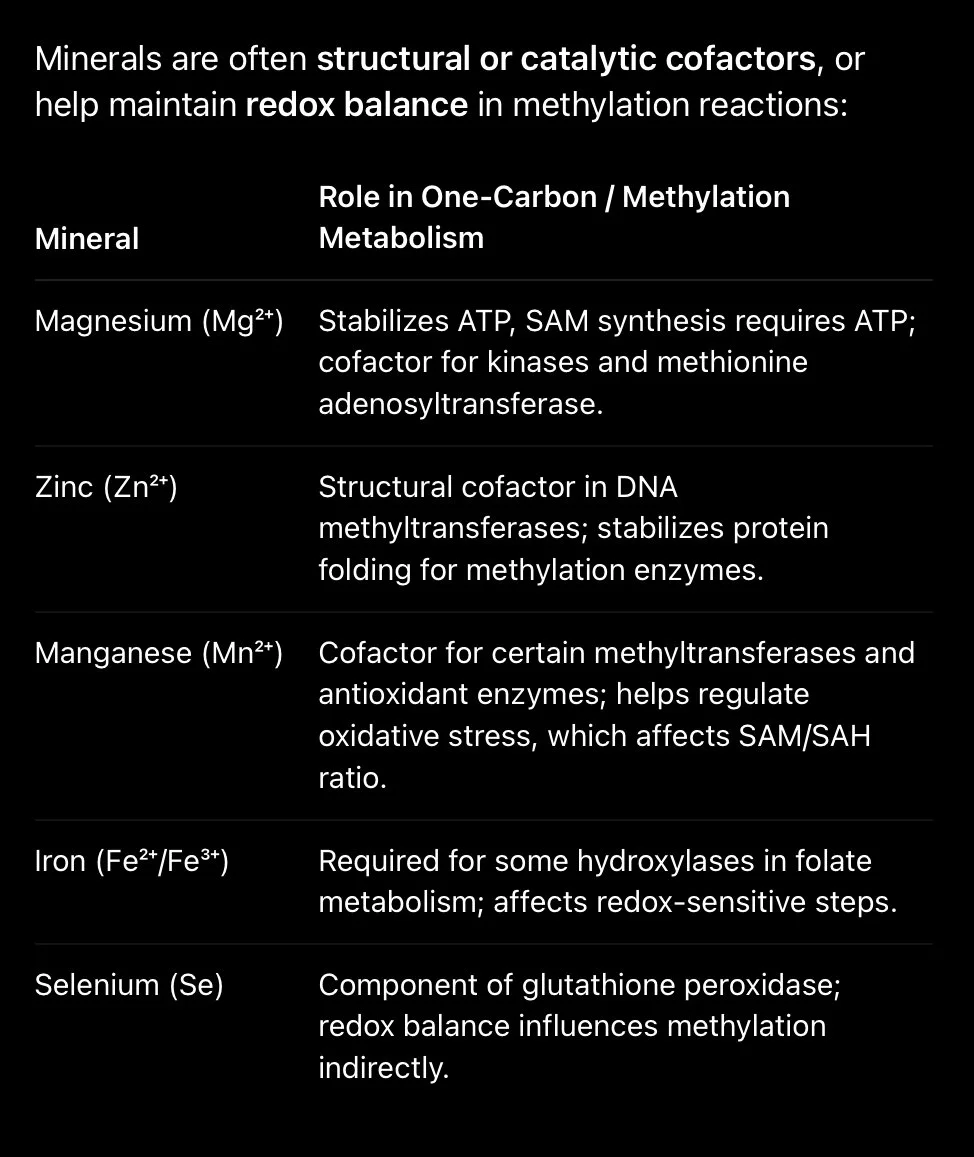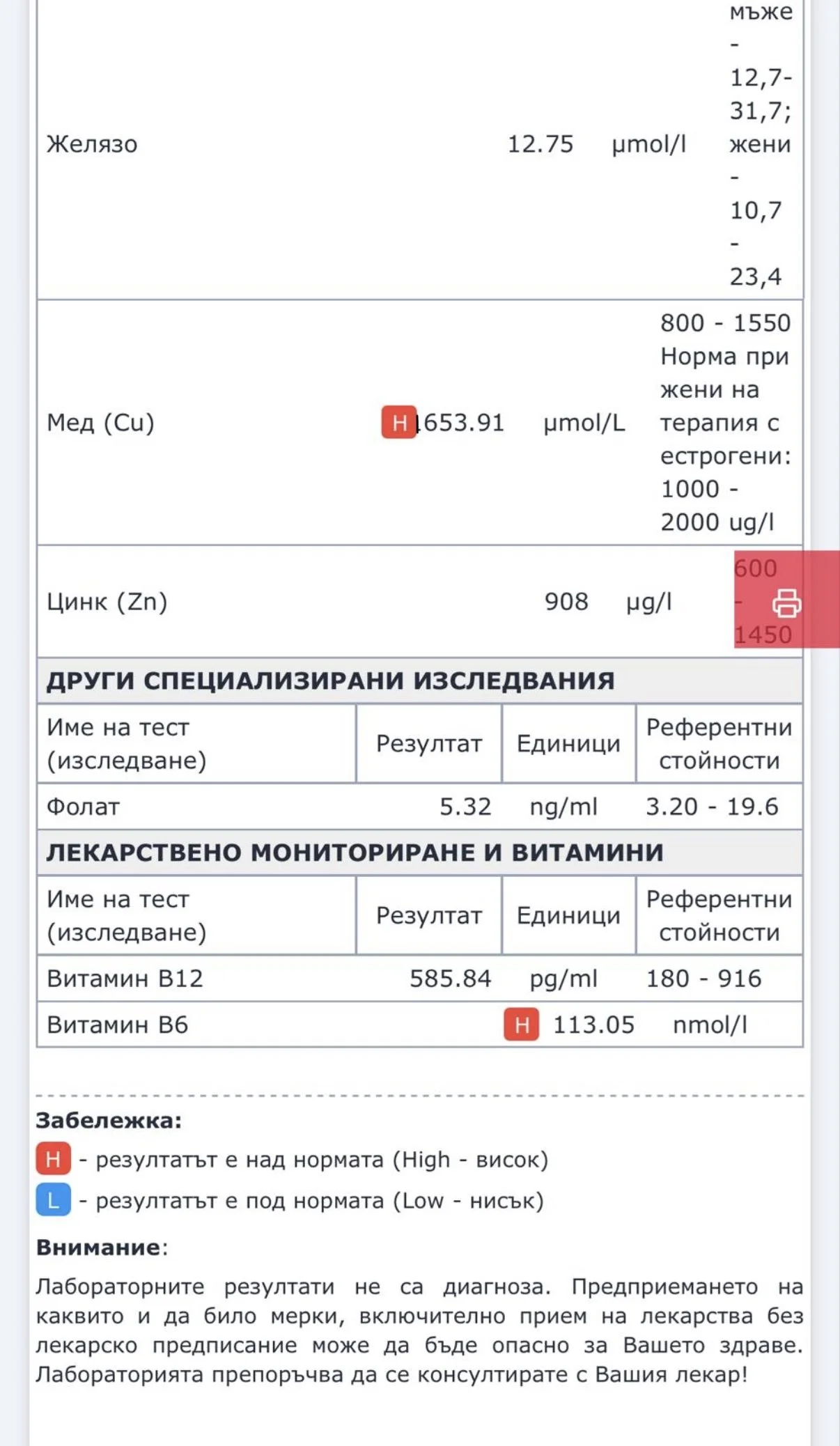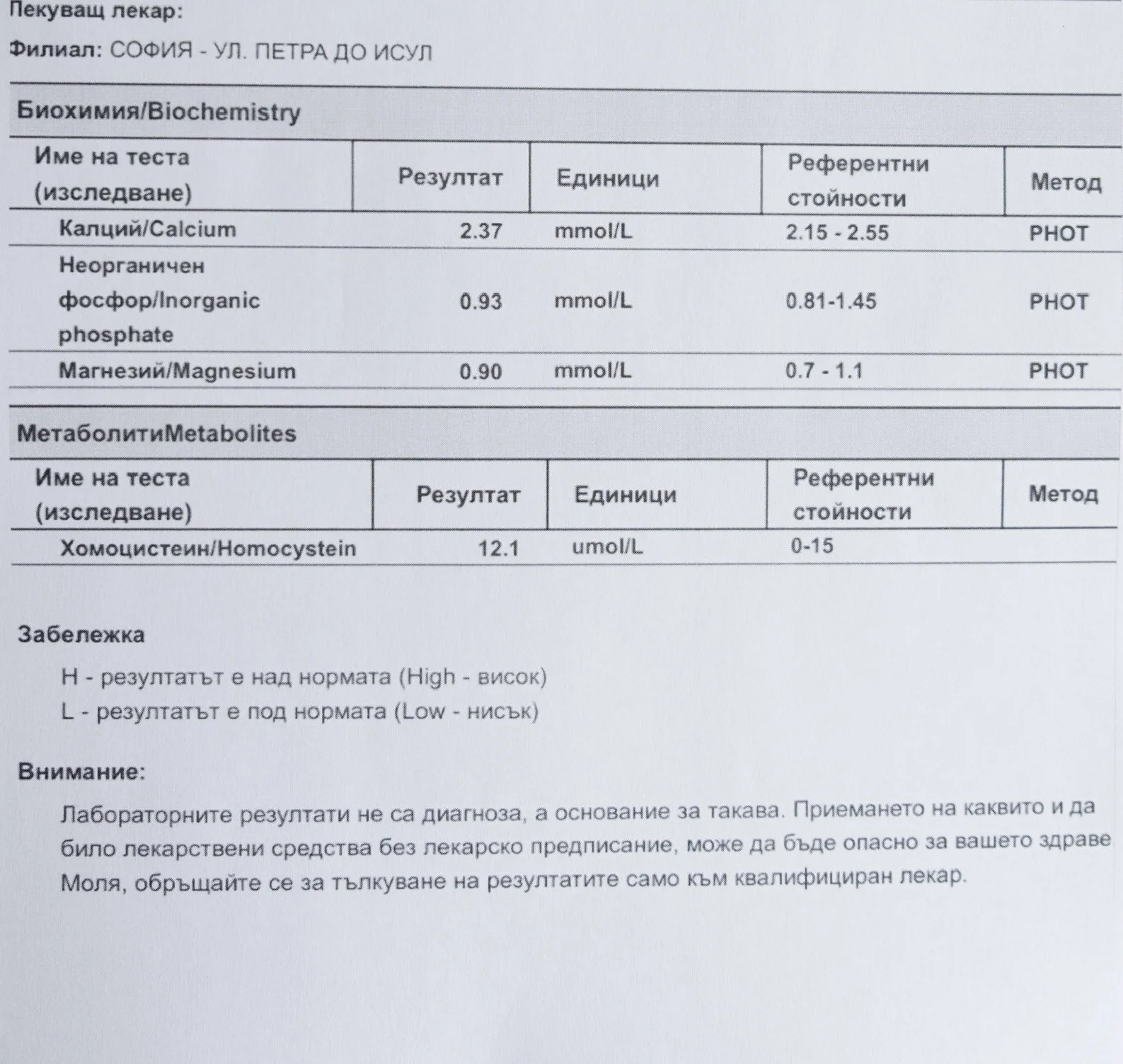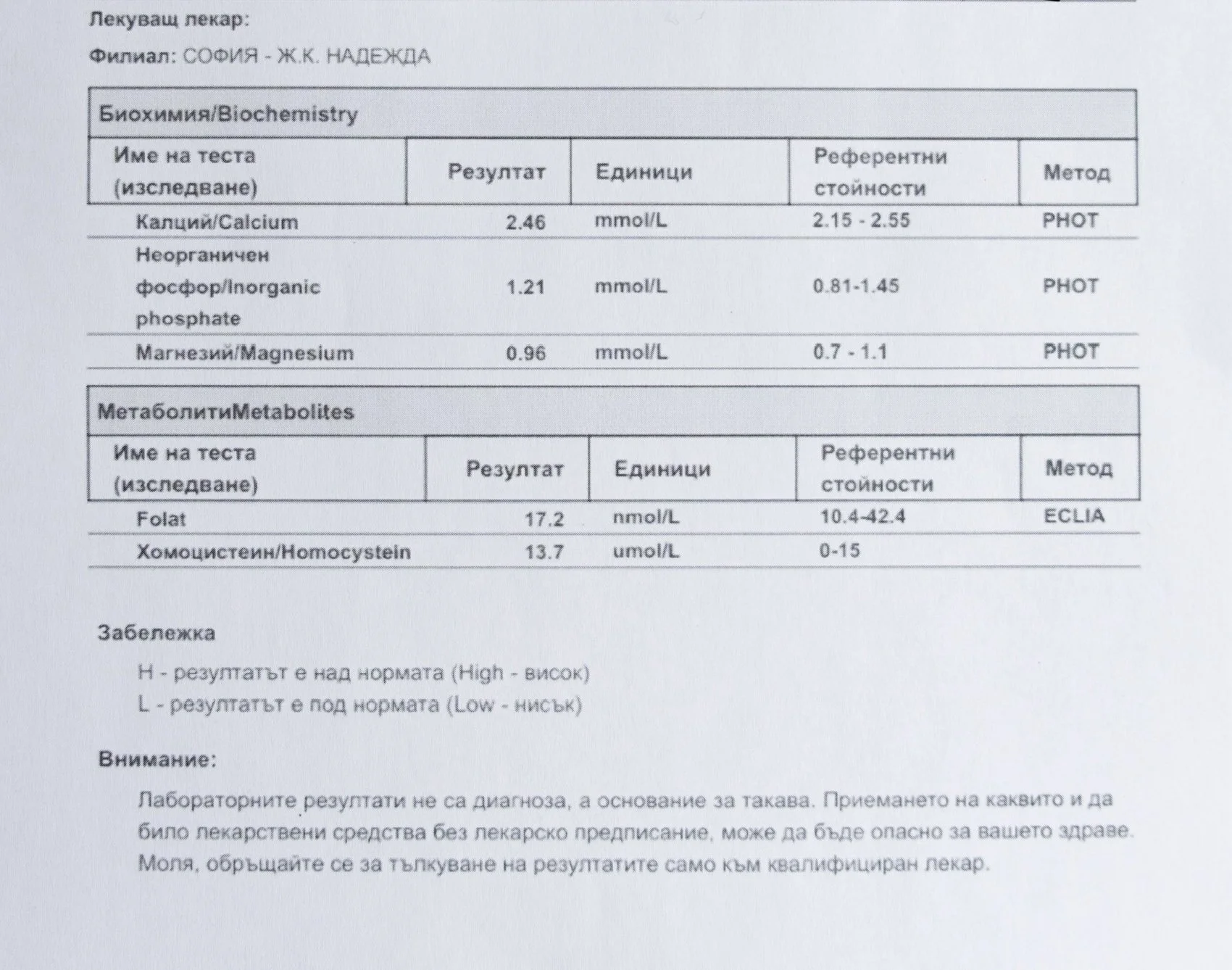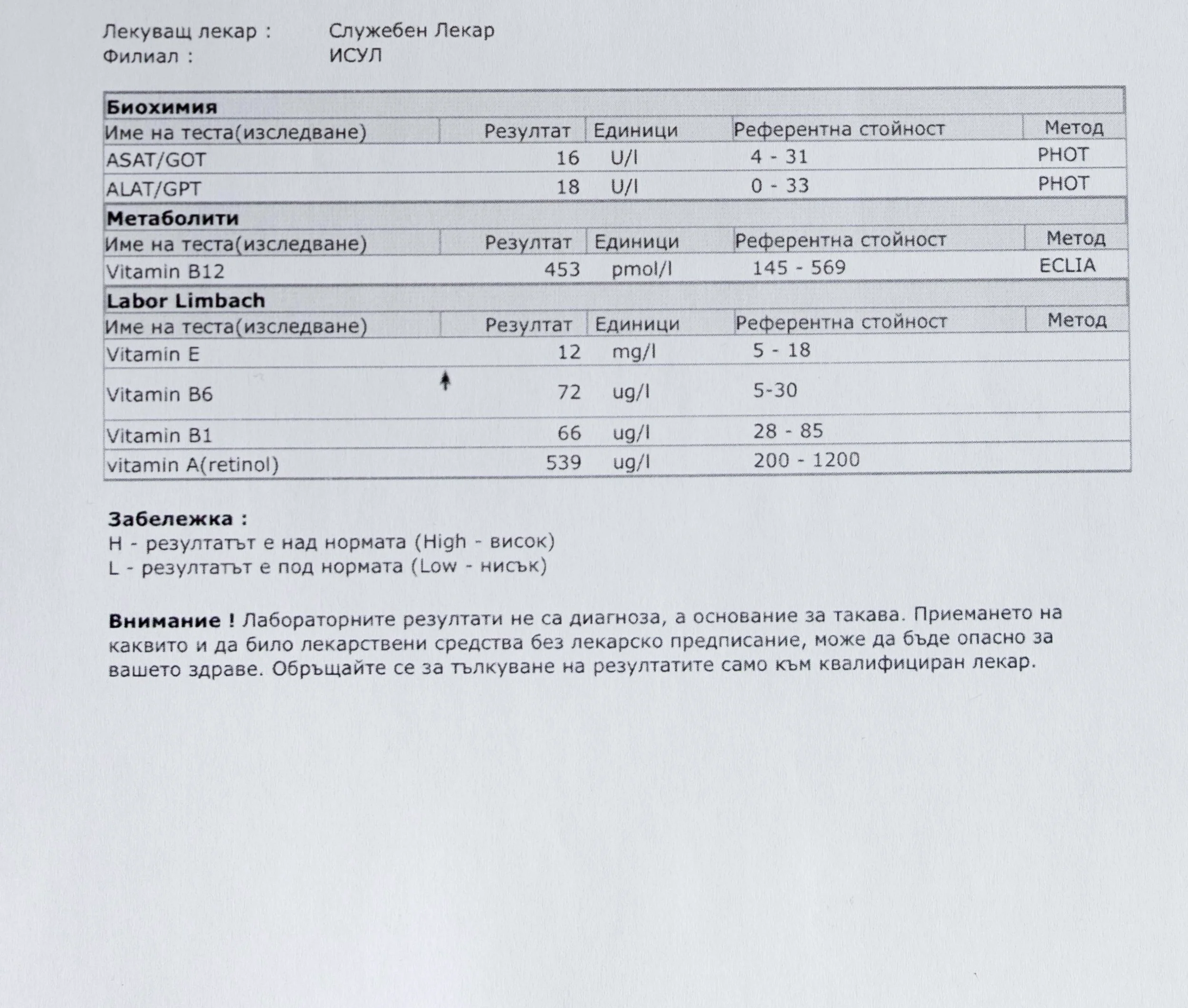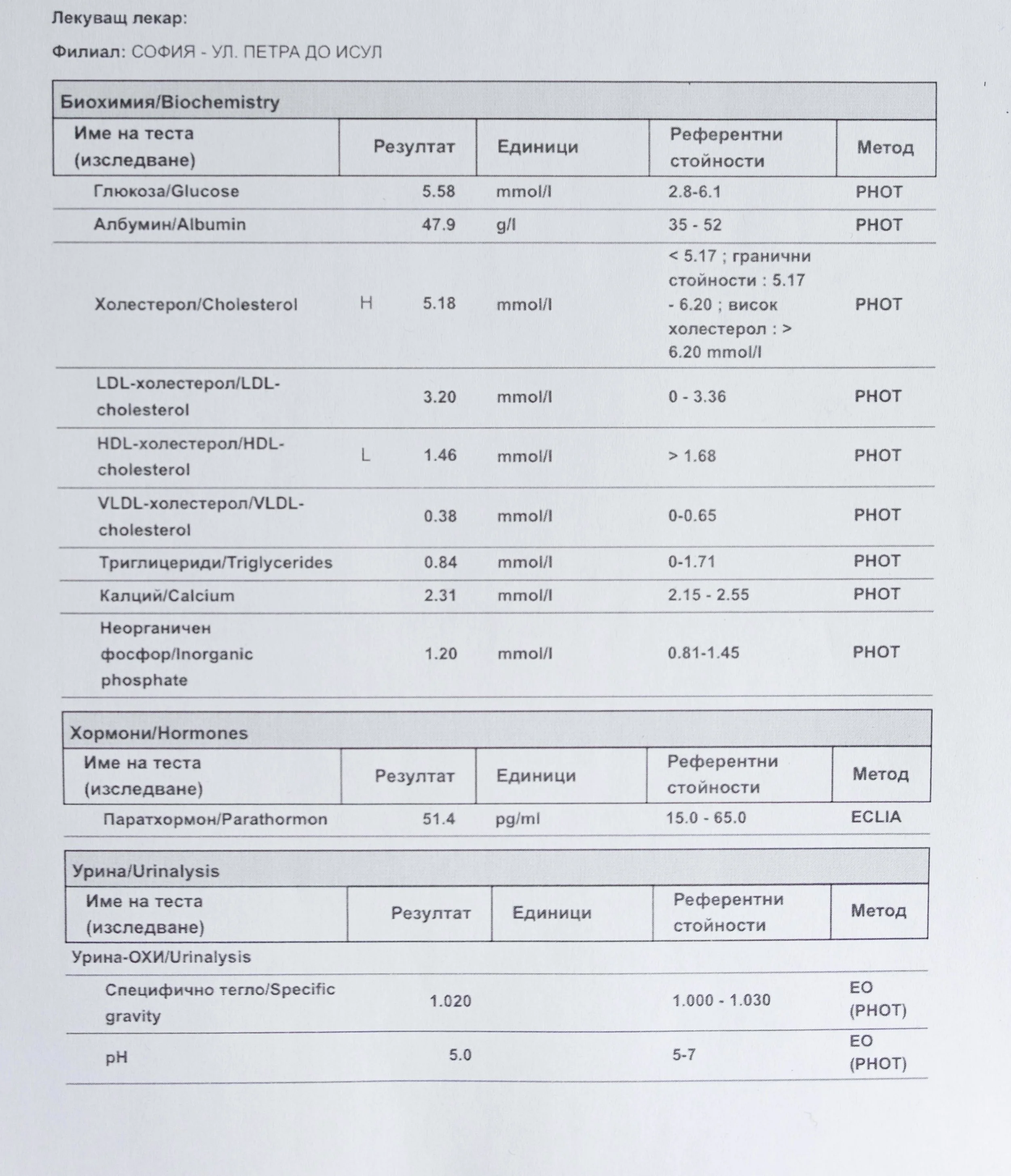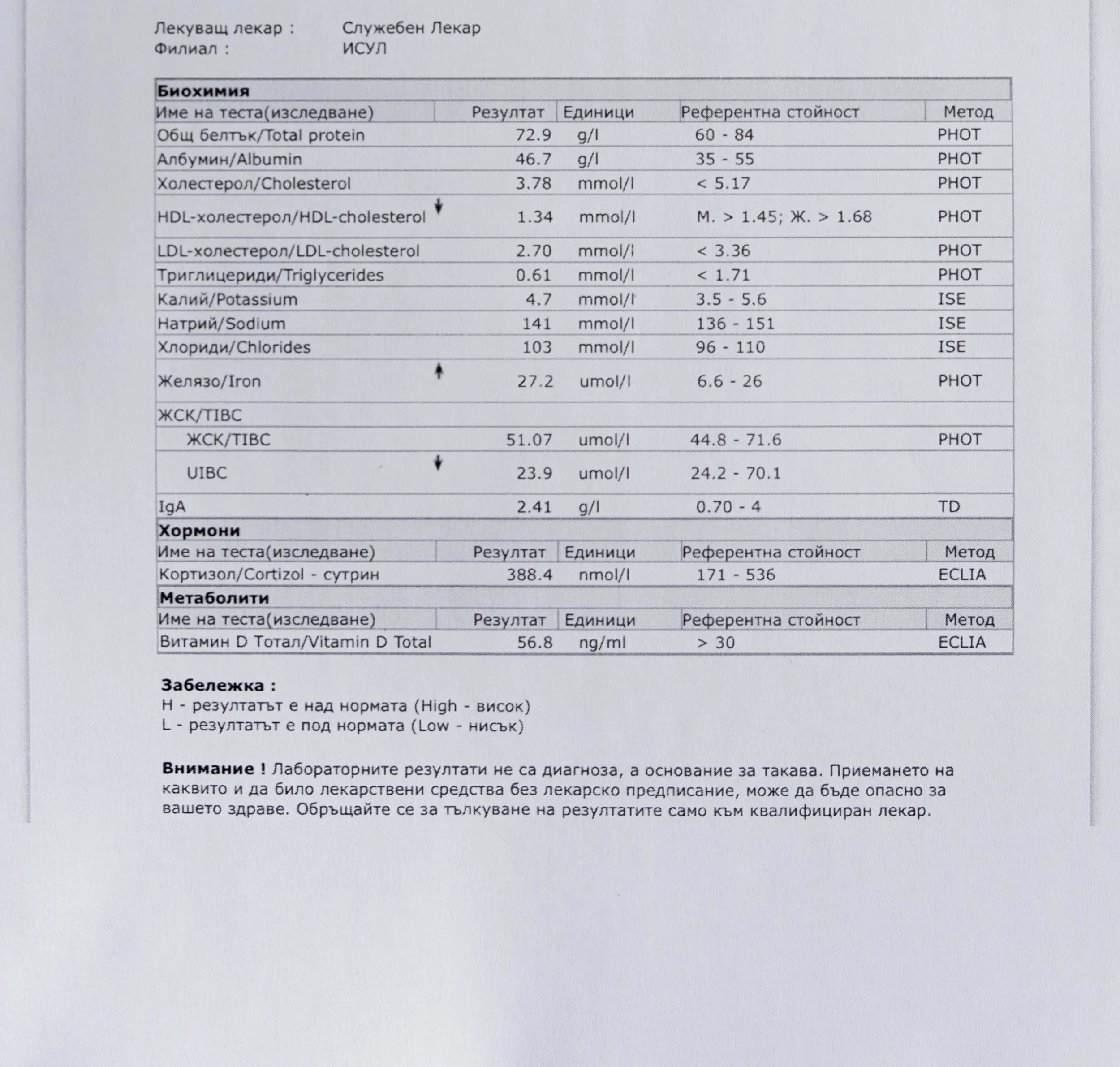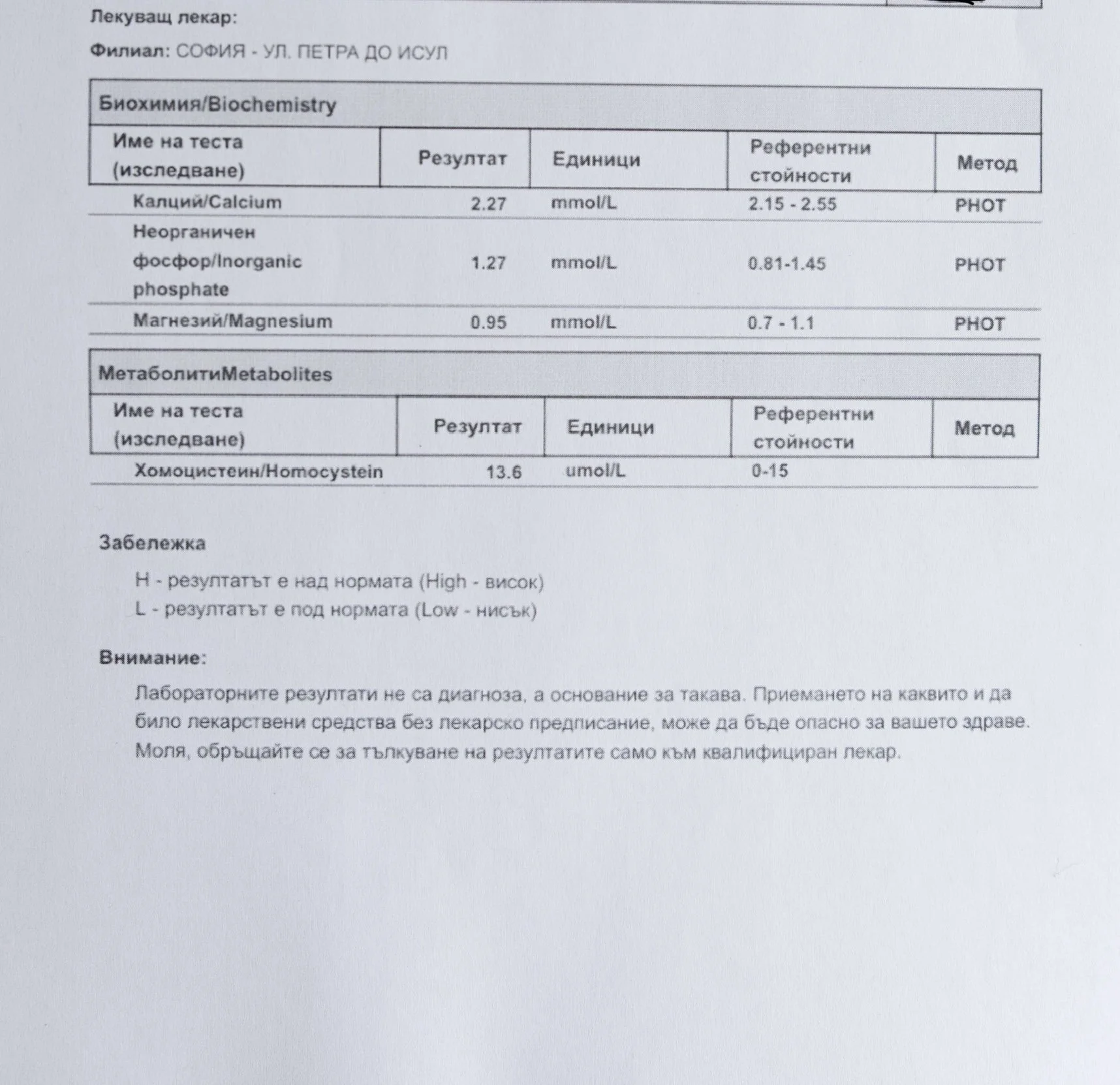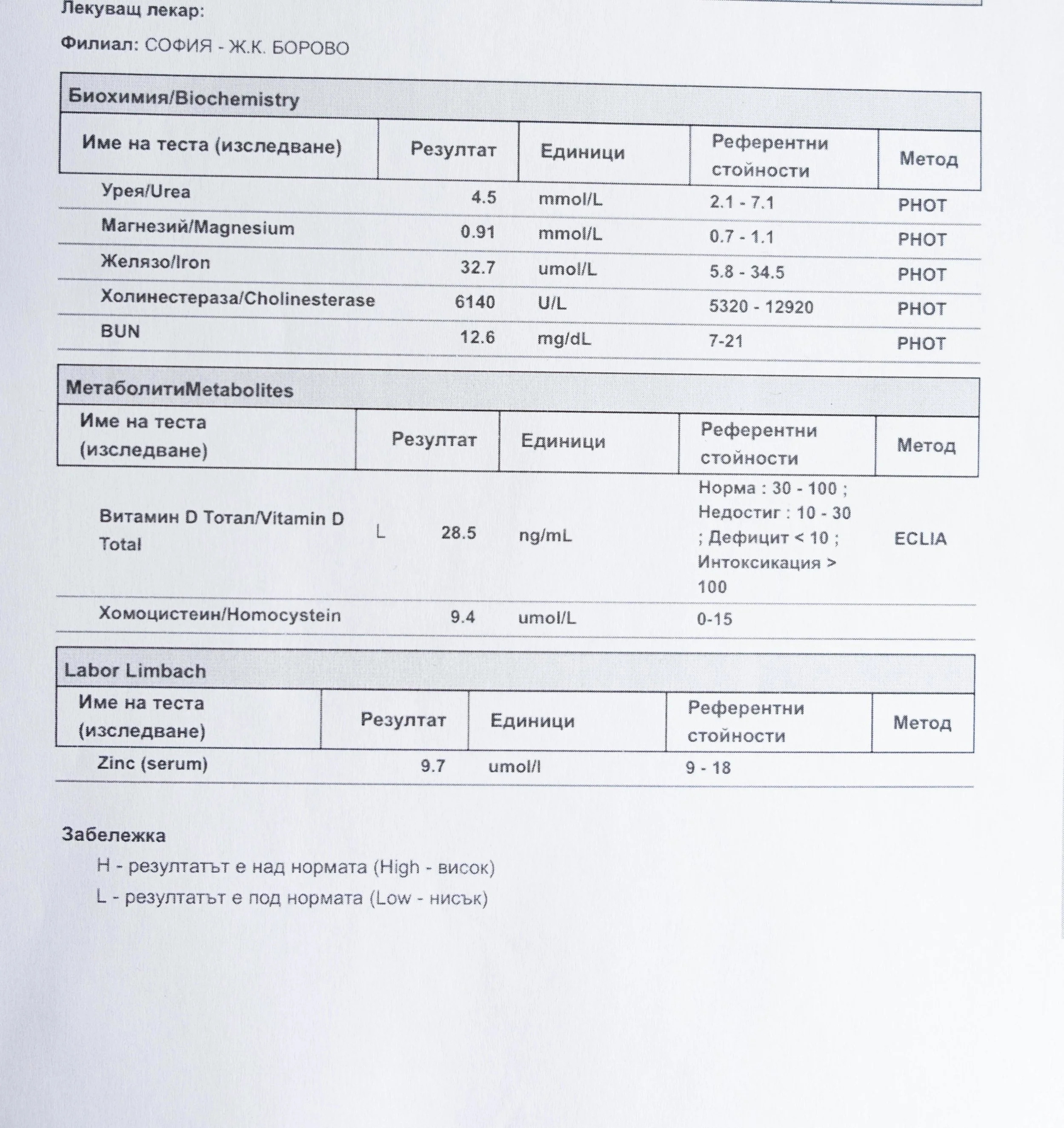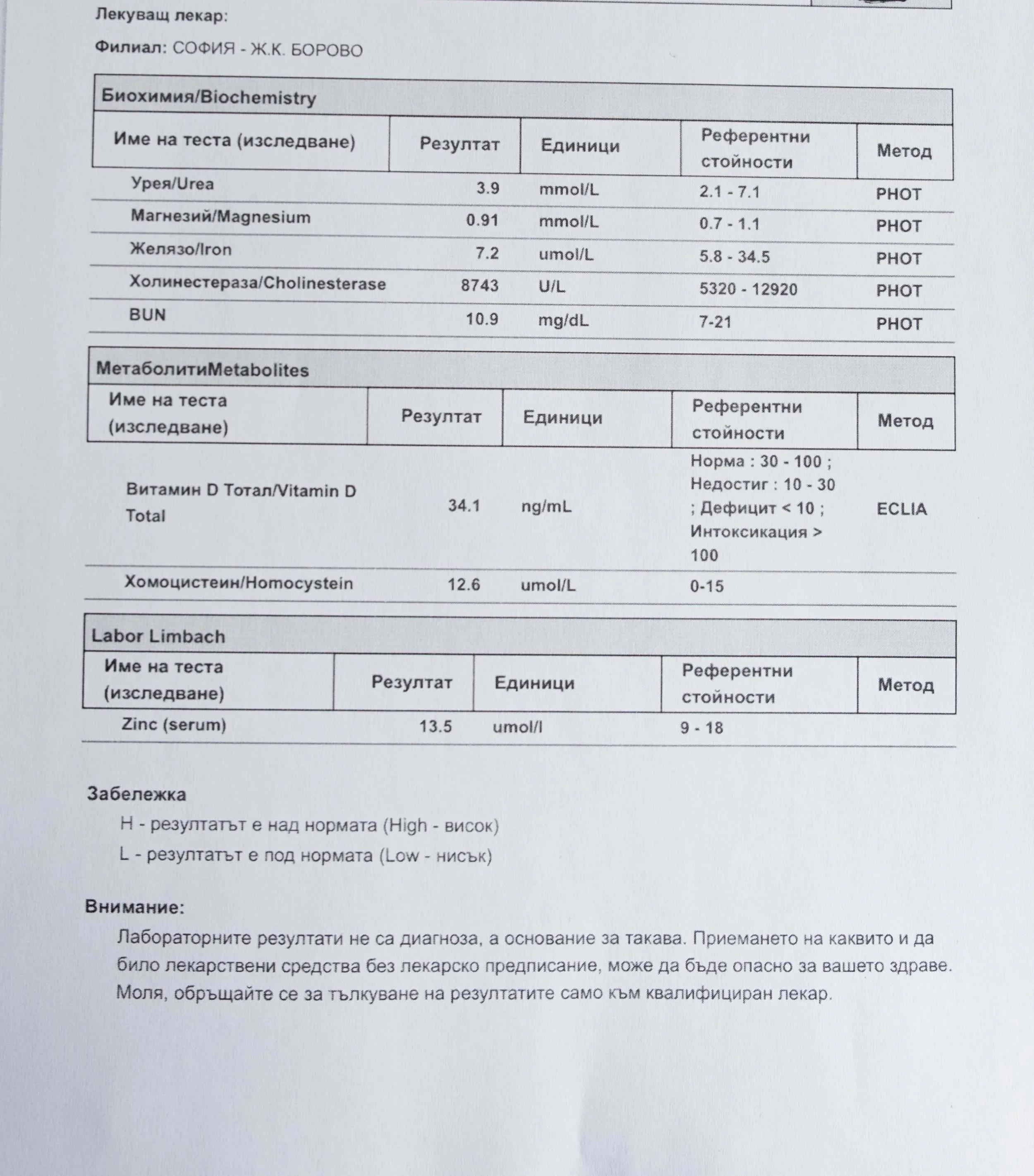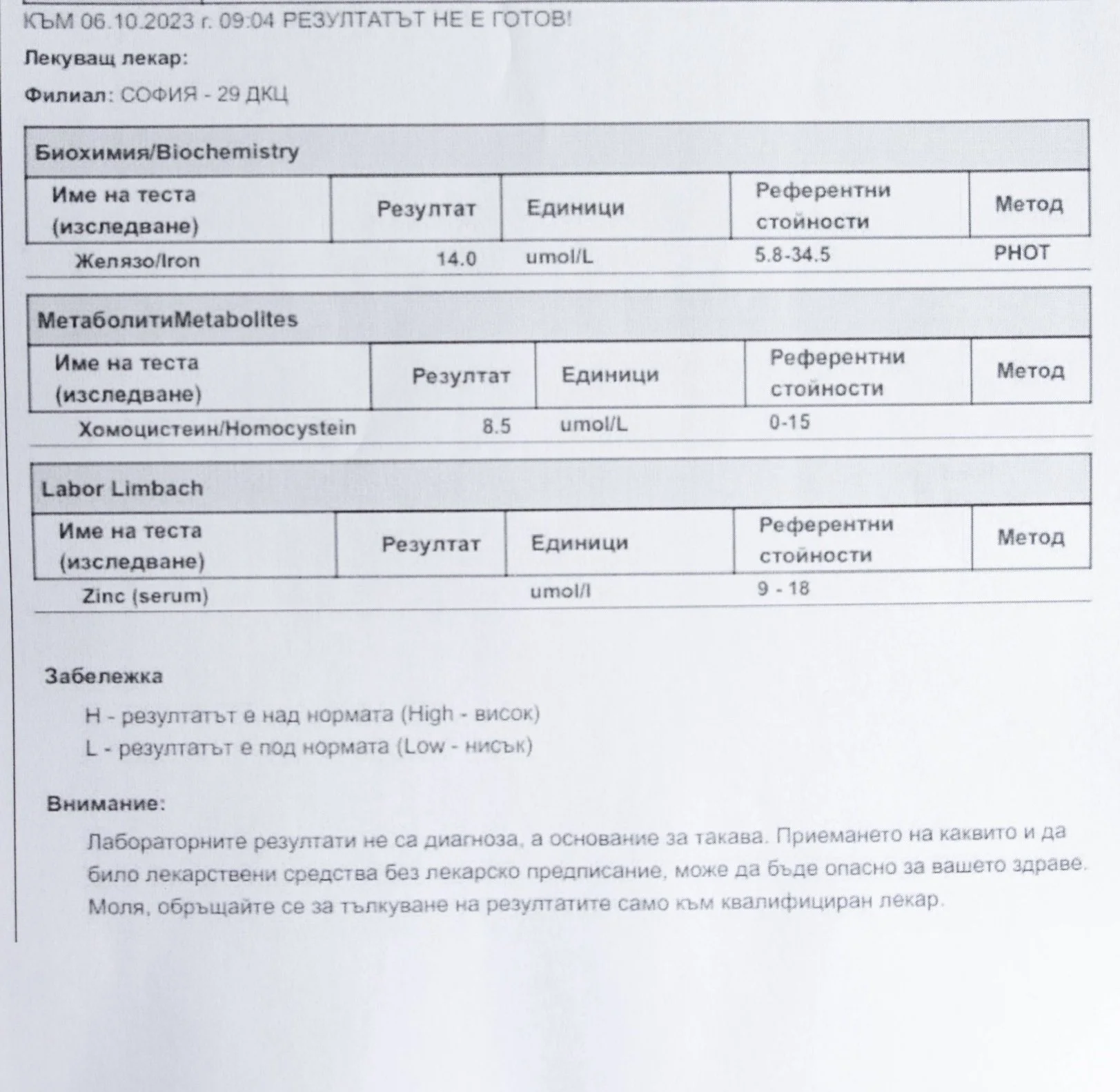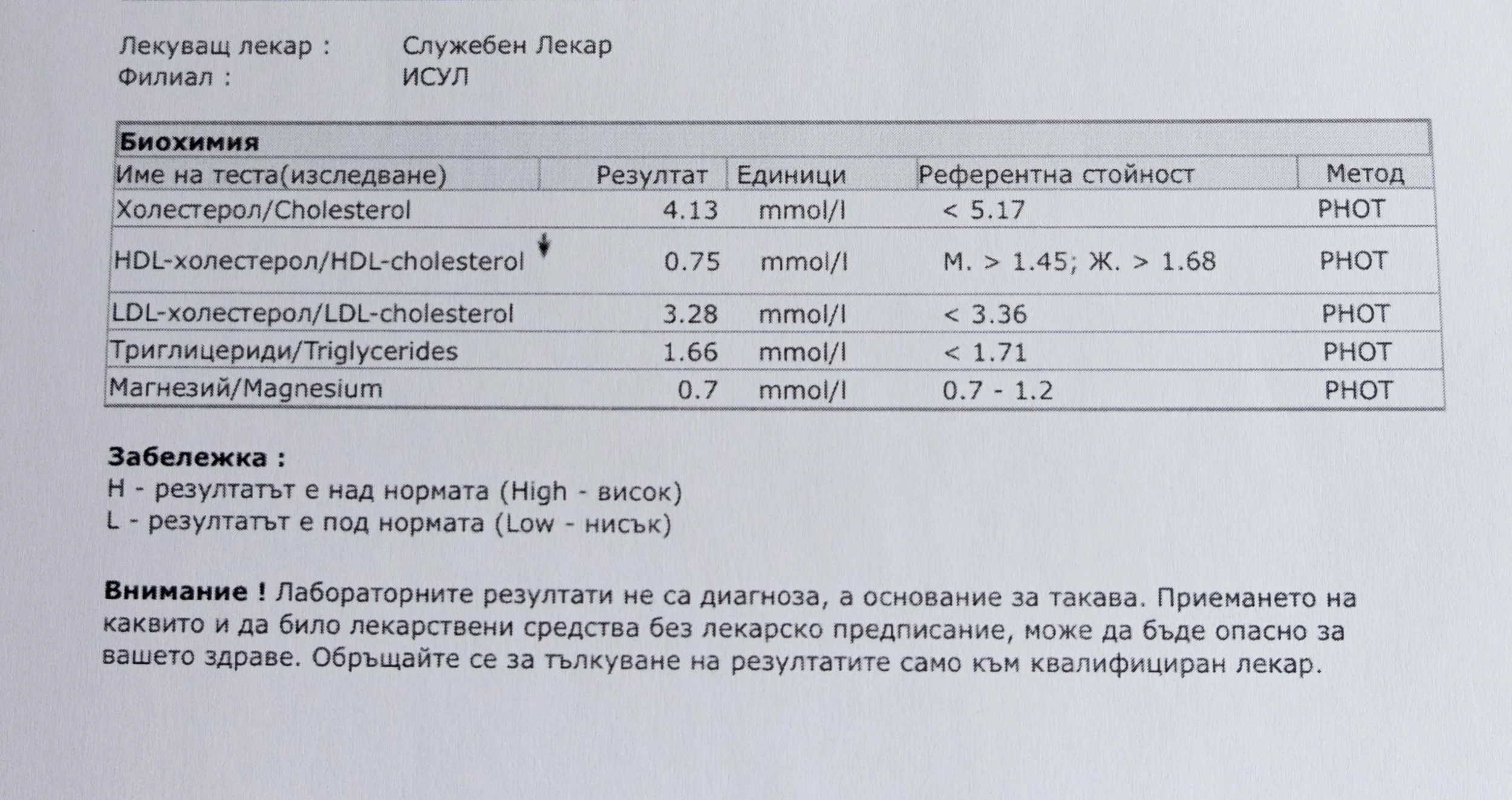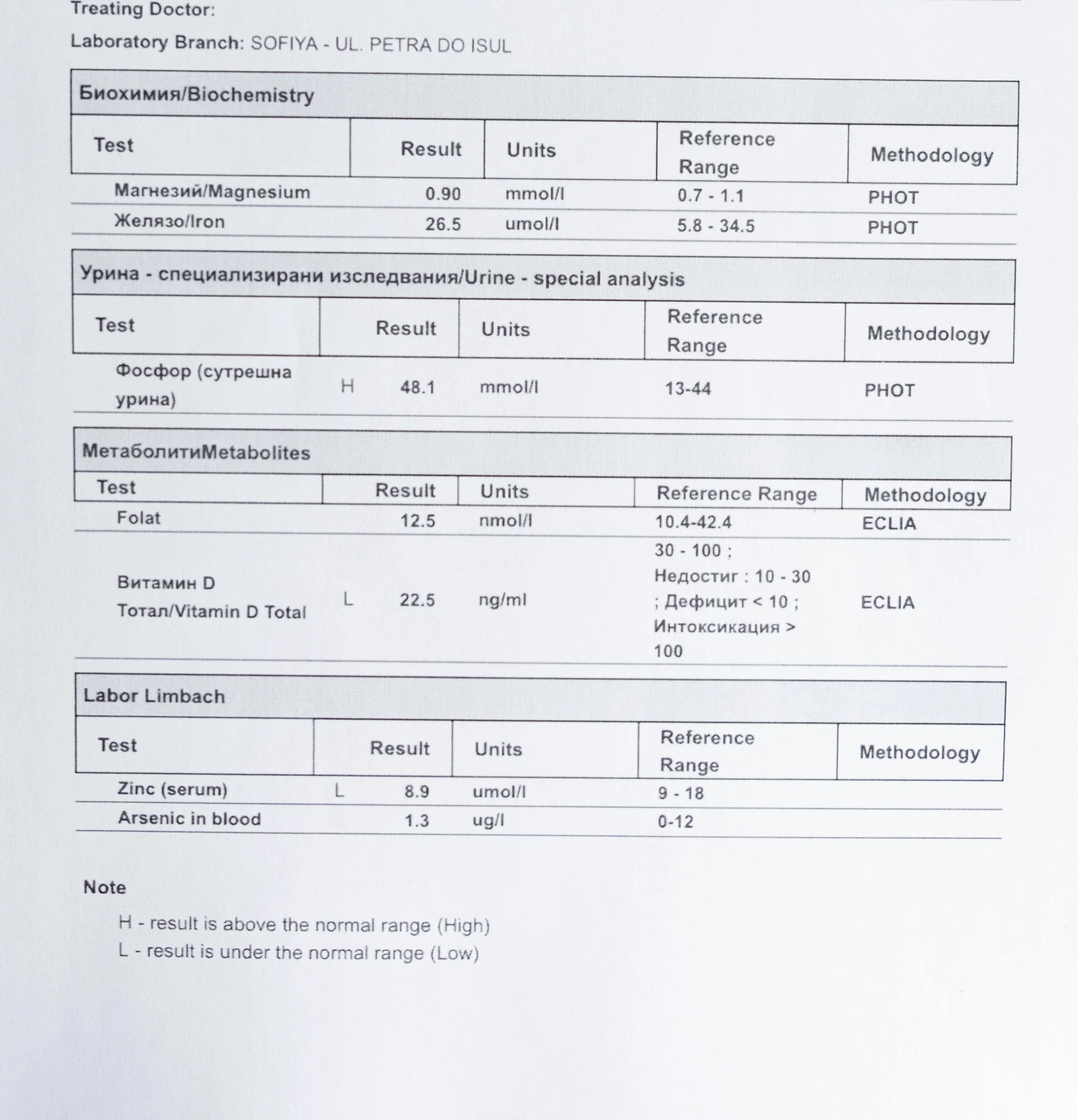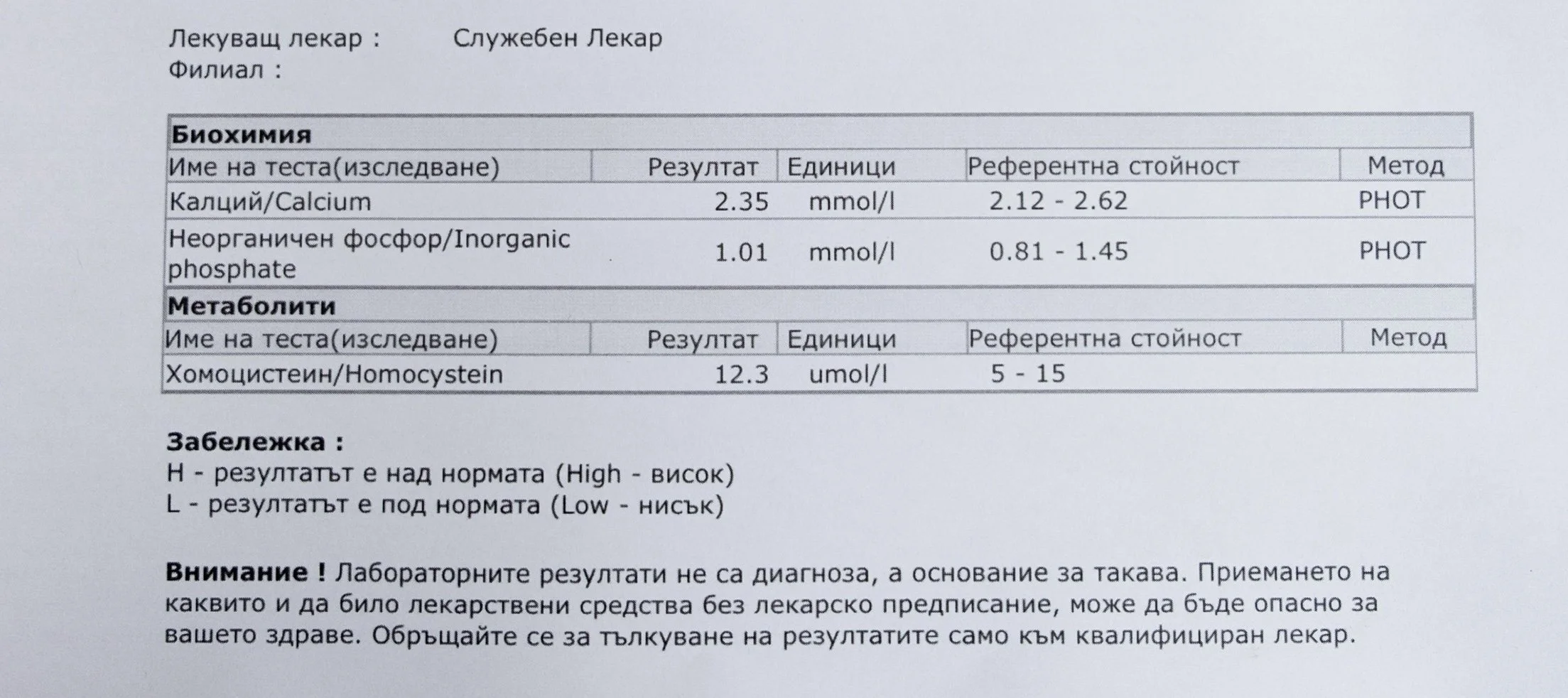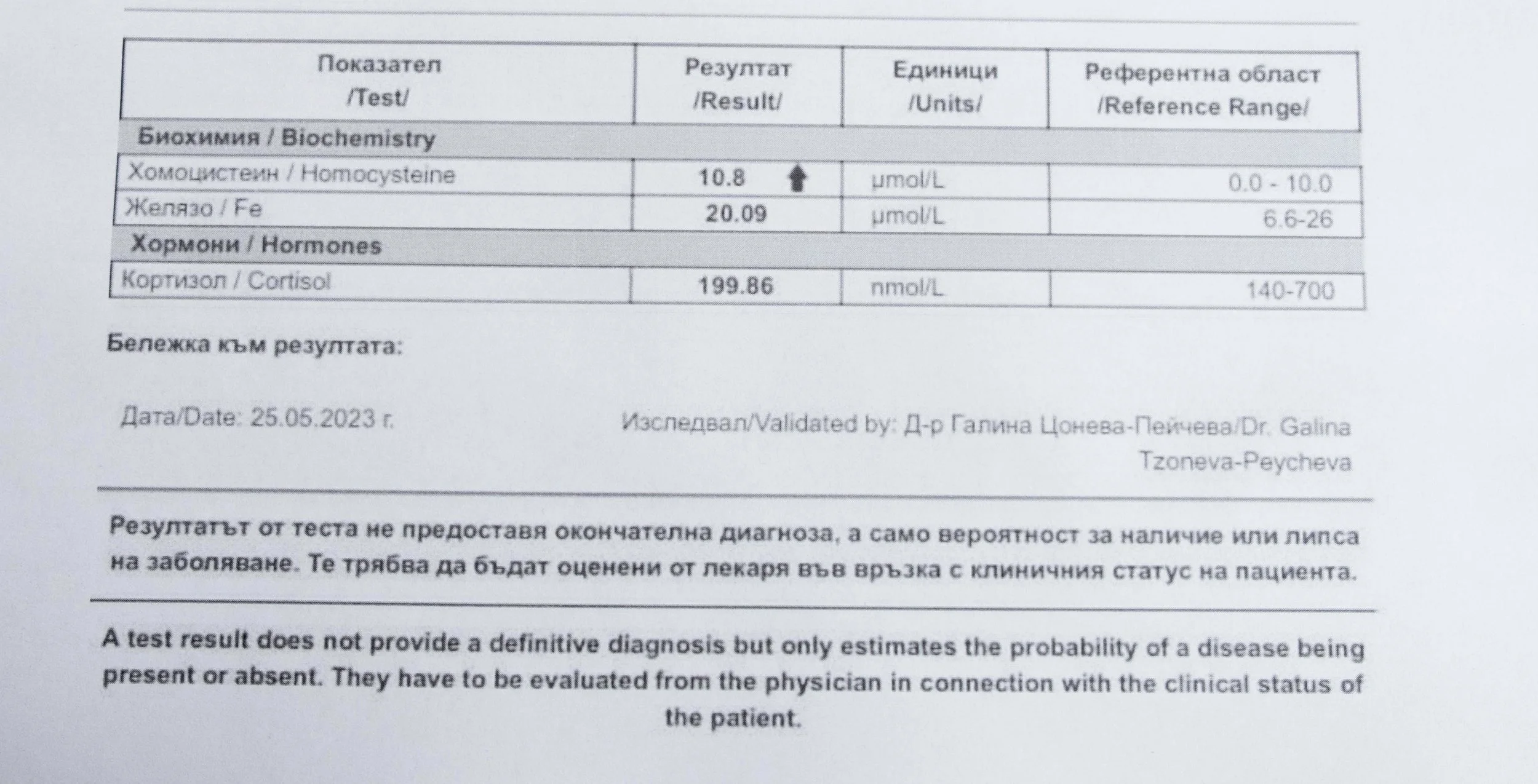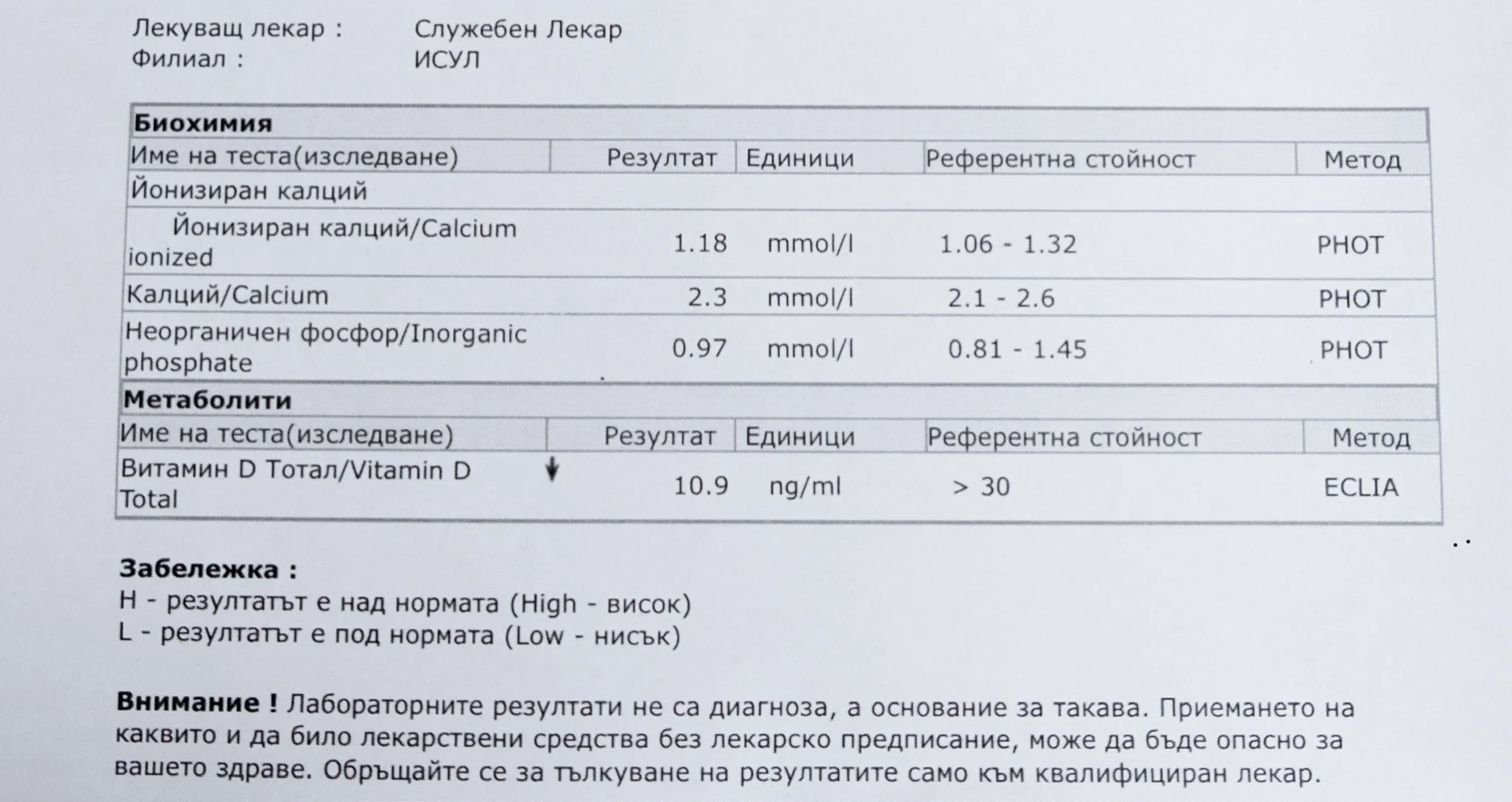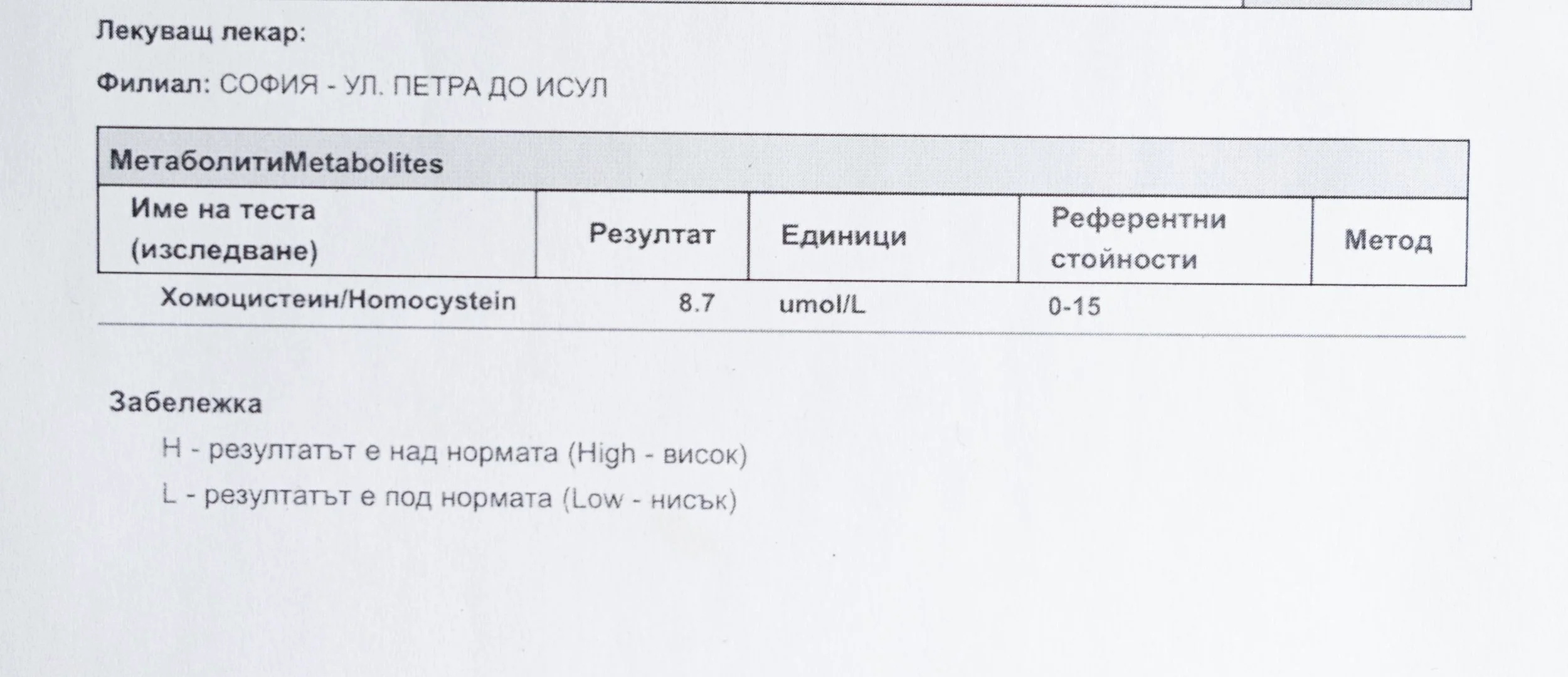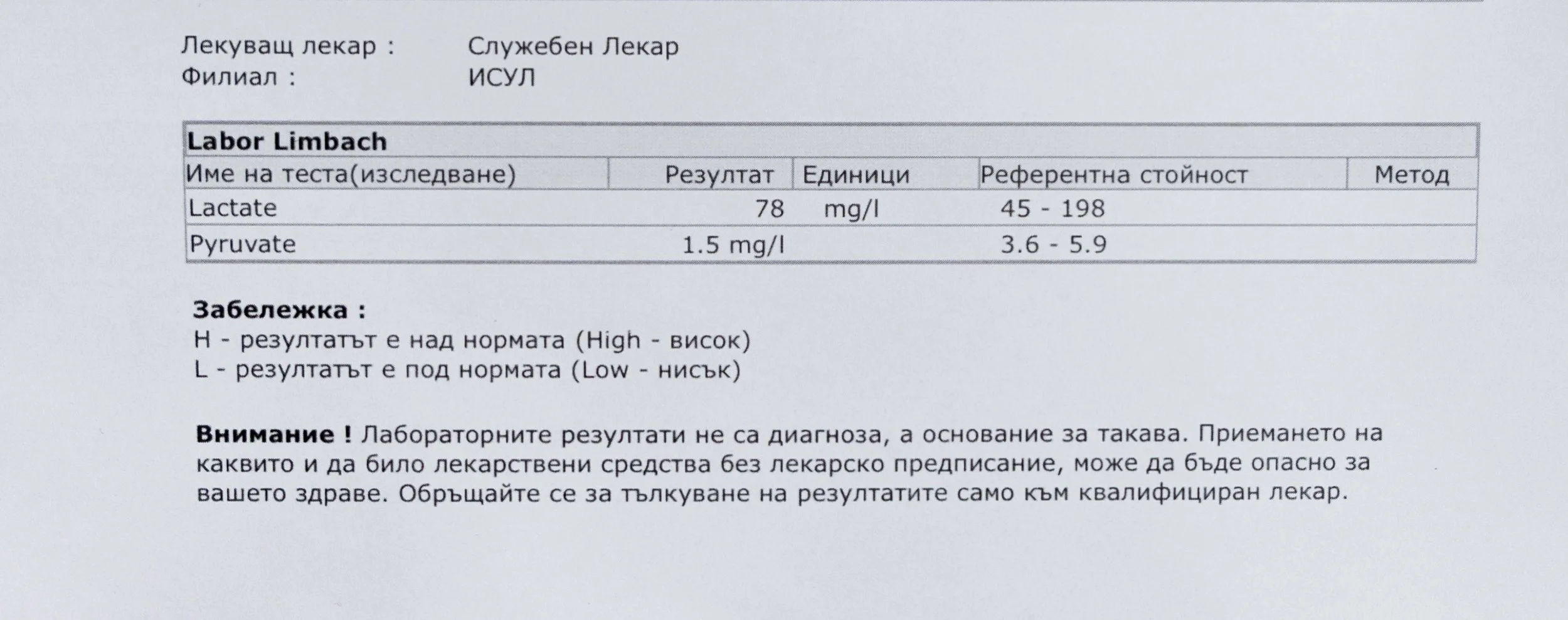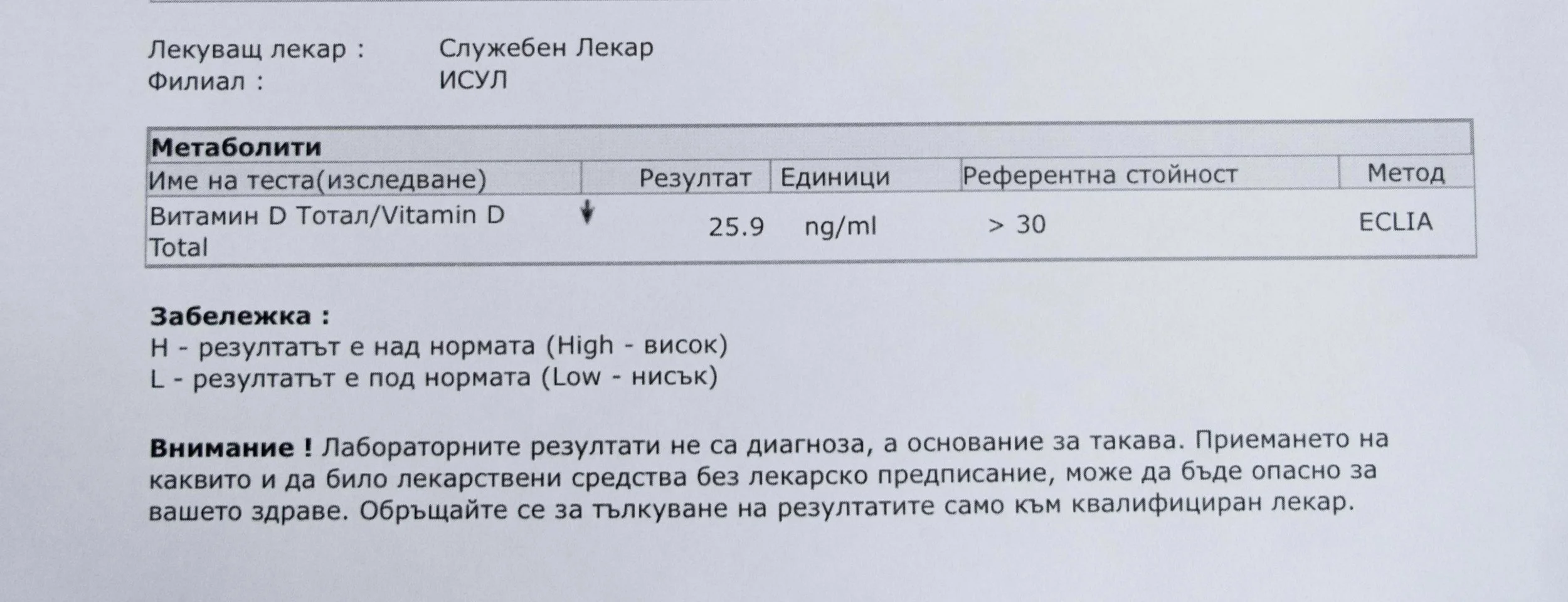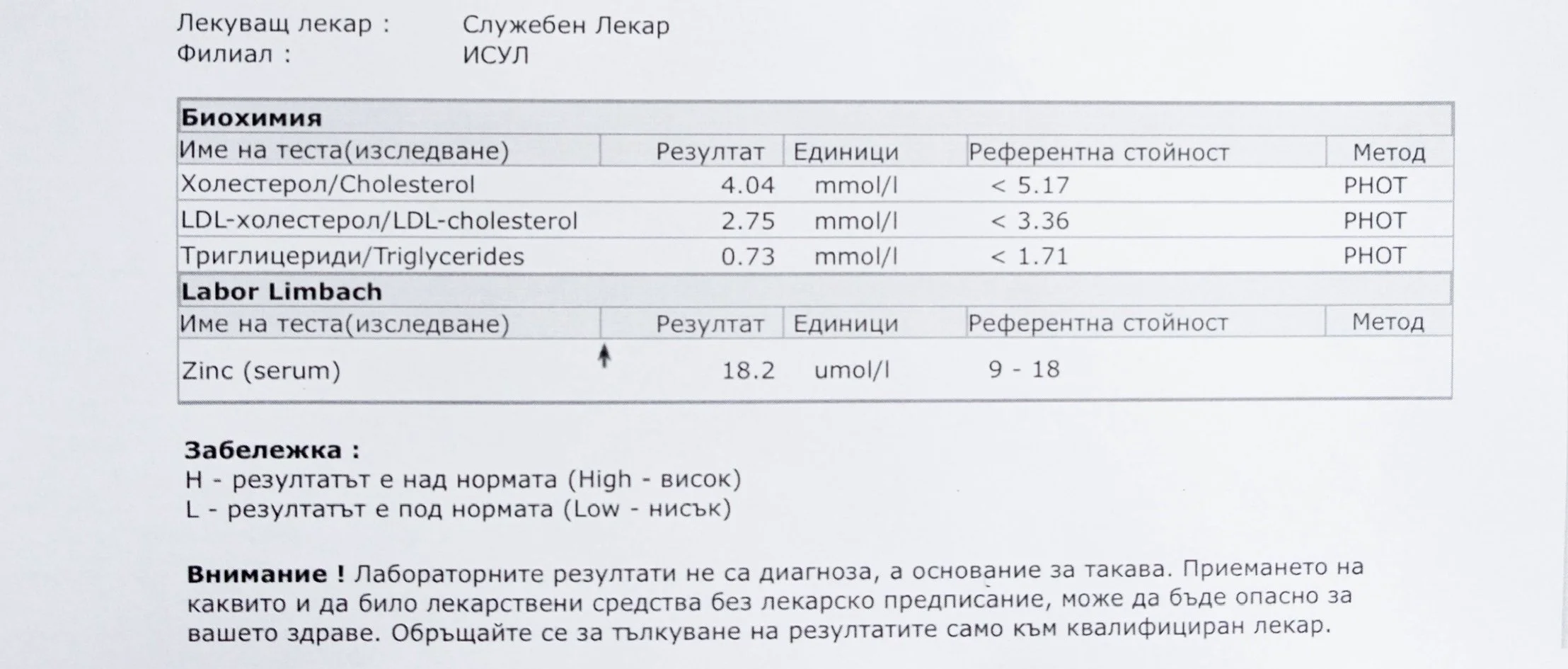
Purpose of the Laboratory Tests in this Research
As part of my long-term research into the impact of artificial reality on human biology, I have conducted a comprehensive series of clinical blood tests (some attached below) spanning several years. This work focuses especially on individuals—beginning with myself—who have undergone prolonged exposure to substances such as nicotine, caffeine, sugar, alcohol, and petroleum-based products. These compounds all share a common biochemical trait: they contain methyl groups, which influence how they are processed by the body through a pathway known as methylation.
This, I argue, is one of the key mechanisms behind what I call “artificial reality”—a chemically induced cognitive and physiological state disconnected from our biological baseline.
To investigate these effects in a rigorous, transparent, and scientifically valid way, I subjected myself and a group of people to repeated laboratory testing. These tests measure biomarkers related to macrominerals, microminerals (trace minerals), vitamin B6 , B12, vitamin D, homocysteine and some complementary bio markers in any case. The goal is to document the long-term physiological consequences of exposure to these substances, and to provide empirical data that can support future therapeutic models.
In accordance with scientific protocols for evaluating new treatments or interventions, I believe it is essential not only to present conclusions, but to show the data behind them: dates, methodologies, test types, and biological markers. This level of transparency and accountability is what defines responsible research.
When one-carbon metabolism is impaired, its byproduct, homocysteine, rises, leading to hyperhomocysteinemia. This amino acid can be measured through a blood test at most laboratories. The acceptable levels of homocysteine have varied over time. In the past, hyperhomocysteinemia and elevated blood homocysteine levels were defined as levels above 15 umol/L, with moderate hyperhomocysteinemia defined as 16-30 umol/L, intermediate as 31-100 umol/L, and severe hyperhomocysteinemia as above 100 umol/L.
Visit: https://www.optimaldx.com/blog/homocysteine-optimal-range
Various studies have identified threshold values for homocysteine associated with increased health risks:
❍ 9.47 µmol/L – associated with increased risk of cardiovascular incidents
❍ 9.74 µmol/L – linked to short sleep duration
❍ 11.84 µmol/L – associated with increased all-cause mortality
❍ 15 µmol/L – significant predictor of cardiovascular events
A homocysteine level of 10 µmol/L or higher may be considered hyperhomocysteinemia, which requires further evaluation. Levels previously considered “normal,” with an average of 10.5 µmol/L, are now associated with the presence of atherosclerotic plaques in the carotid arteries of otherwise healthy individuals. Levels of 9.8 µmol/L or higher are linked to a 28% increased risk of cardiovascular disease.
According to Mosby’s guidelines, values below 4 µmol/L are considered low.
The optimal target range for homocysteine is 5 – 7.2 µmol/L.
Why Minerals Have Been Overlooked in Methylation Research
The literature focuses on vitamins. The classical methylation research (1950s–1980s) discovered enzyme cofactors: methionine synthase → B12, MTHFR → folate, and cystathionine β-synthase → B6. Vitamins are easy to study, dose, and supplement. They are direct cofactors for enzymes. As a result, textbooks and papers emphasize vitamin-dependent reactions and largely ignore minerals.
It is hard to find information about minerals because minerals are “behind the scenes”—they are often cofactors or structural elements, not the main actors, so papers mention them only briefly. Most research looks for direct deficiency effects, like B12 or folate deficiency causing anemia or DNA hypomethylation. Mineral insufficiency often causes subtle modulation, which is harder to detect in clinical studies. Minerals also participate in complex interactions, affecting enzyme activity, redox balance, and metabolite ratios. These roles are often described in biochemistry papers, not nutrition or methylation reviews.
How to think about it: vitamins are the “direct fuel” for the methylation enzymes, while minerals act as “machine maintenance”—without them, the methylation machinery may run slowly or erratically. This explains why readings mostly emphasize vitamins: minerals are critical but subtle.
To investigate these effects in a rigorous, transparent, and scientifically valid way, I subjected myself and a group of participants to repeated laboratory testing (some of the blood tests I have placed below). These tests measured a range of biomarkers, including macrominerals (magnesium, calcium, sodium, potassium, phosphorus) and microminerals or trace elements (zinc, iron, copper, manganese, selenium), as well as vitamin B6, vitamin B12, vitamin D, homocysteine, and several complementary biochemical markers relevant to methylation and redox balance.
The goal of this investigation is to document the long-term physiological consequences of chronic exposure to modern methylated substances and to generate empirical data that may inform future diagnostic and therapeutic models addressing methylation, mineral depletion and addictive behaviour.
